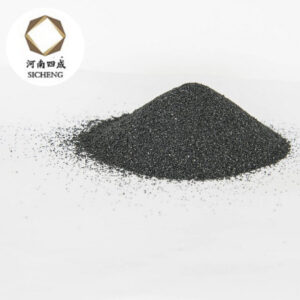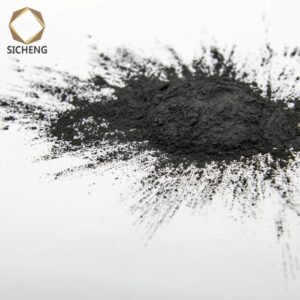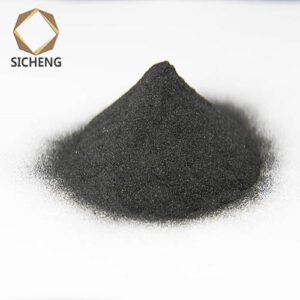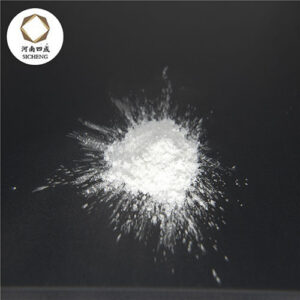The microelastic deformation of the rubber roller surface layer is used to make the product surface bear a certain pressure to adapt to industrial requirements without causing excessive shear stress and damaging the product. For example: the press roller in the paper machine, the liquid roller in the printing and dyeing machine, can squeeze out the moisture in the paper or cloth without damaging the paper or cloth, and the hardness of this rubber roller is generally 70-90 degrees.
In a variety of mechanical parts, often used instead of metal rollers, this rubber roller, commonly known as bakelite rollers, has a high hardness, 90-100 degrees, generally plays the role of conduction and support, such as: paper machine roll, wool roller and printing and dyeing machine in the guide roller. If on the surface of the high-hardness rubber roller, the turning reverse forward thread becomes a sub-roll or distribution roller, which has the effect of making the blanket or cloth stretch straight.
Because rubber has the advantages of acid resistance, alkali resistance and no rust. It is also widely used in pickling in printing and dyeing, strip steel, copper strip and other industries. Metallurgy, mines, docks, yards and other large quantities of equipment belt conveyor, for transmission of the active roller, in the past used to use a plane light roller, in order to improve the friction coefficient, to prevent tape slippage, this year at home and abroad roller surface has been improved to herringbone or diamond shape.
Silicone rubber rollers made of high temperature resistance and non-hot tack of silicone rubber have become indispensable components in emerging industrial sectors such as hot pasting, spraying, and lamination of plastic woven cloth and paper fabric resin.
Butyl rubber has the characteristics of resistance to esters and cycloethyl ketone, so butyl rubber roller plays an important role in the printing scraping of plastics, artificial leather imitation sheepskin and other machines.
The specific application of industrial rubber rollers covers various industrial sectors such as papermaking, printing, grain processing, metallurgy, plastics, etc., and the main varieties can be divided into three categories: papermaking rubber rollers, printing and dyeing rubber rollers and others.





